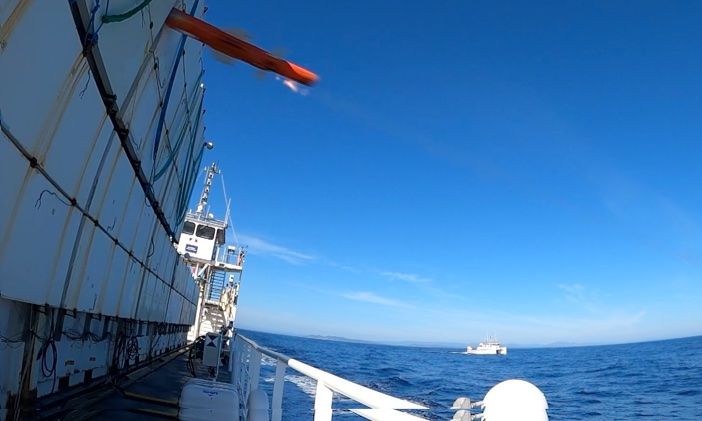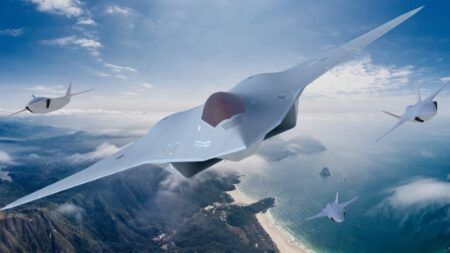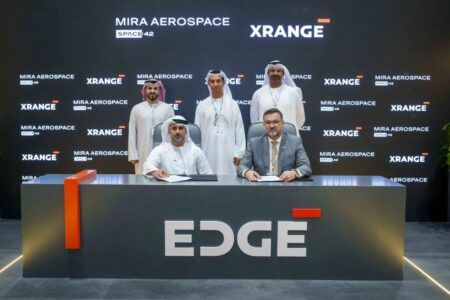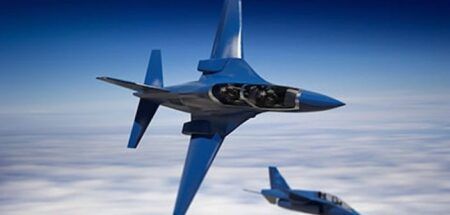The Sea Venom / ANL anti-ship missile has completed its qualification firings trials, with a successful final firing in France.
The final tests were conducted at the French Armament General Directorate test site at Ile du Levant off the southern coast of France on November 17,
Sea Venom/ANL is part of an Anglo-French program designed for use on the UK’s AW159 Wildcat helicopter, while France will operate the missile from its Marine Nationale’s H160M Guépard shipborne helicopters. The missile is designed to enable the helicopters of both countries’ navies to deal with a range of threats including fast moving patrol boats, corvettes and coastal targets.
The final qualification trial tested the missile’s advanced target discrimination within a complex and cluttered naval scenario.
Éric Béranger, MBDA CEO, said: “I want to congratulate the UK-French teams across both MBDA and our governments for the commitment they have shown in meeting this qualification milestone amid the disruption caused by Covid-19. Together they have proven that through co-operation we can jointly overcome adversity and deliver leading edge military capabilities.”
Previous trials have tested the missiles launch envelope, release envelope and engagement modes, such as its low-altitude sea-skimming flight, lock on after launch (LOAL), lock on before launch (LOBL), operator-in-the-loop, and aimpoint refinement.
MBDA was awarded the production contract for Sea Venom/ANL in March 2014 and it is the first program to take full advantage of the cross-border centres of excellence on missile technologies launched by the Lancaster House treaty between the UK and France, which celebrated its 10-year anniversary this month.





